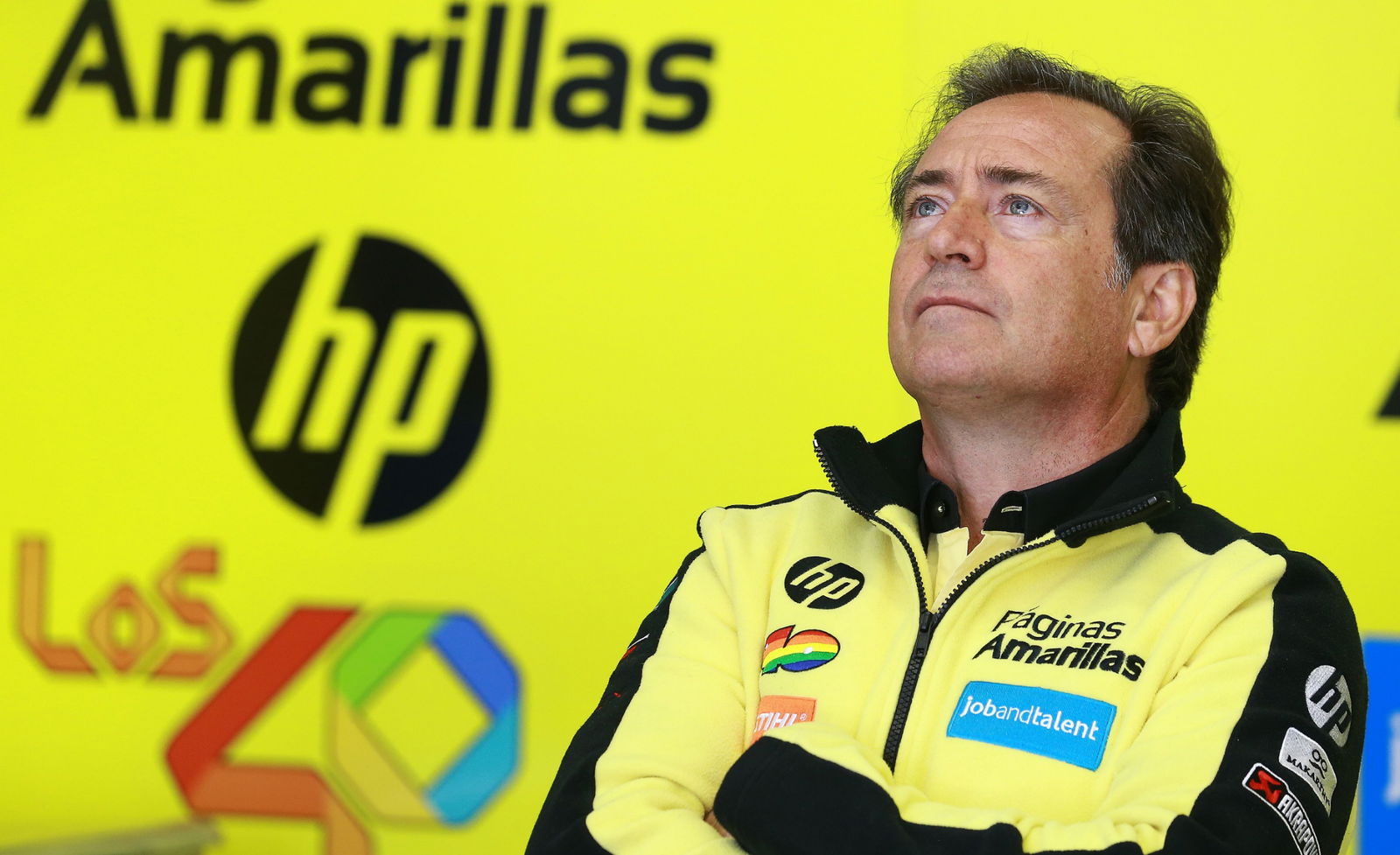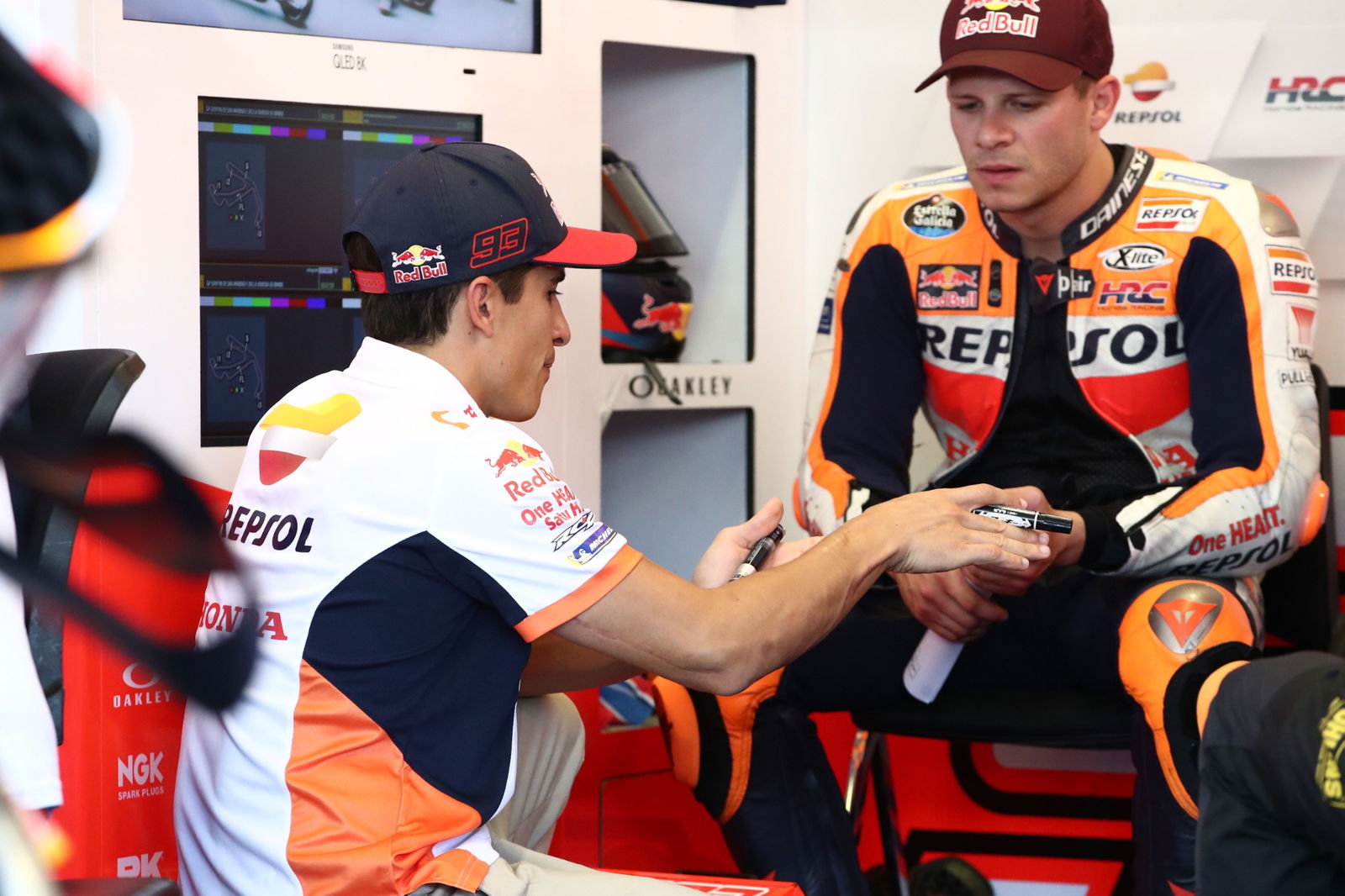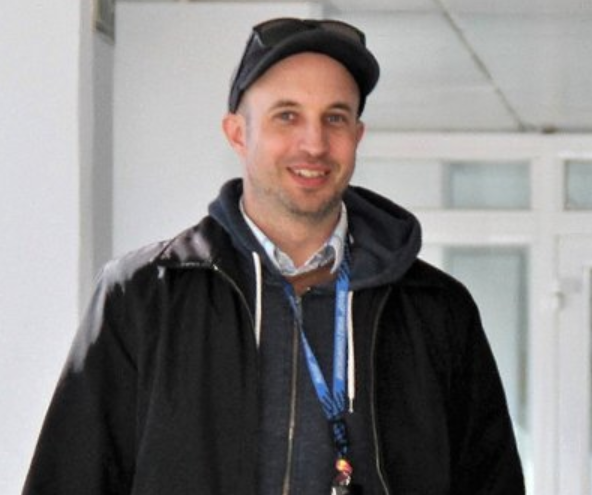Triumph: Electric power? ‘Let’s not kid ourselves...’

But the exact form of that cleaner energy, especially in the case of high-performance or racing motorcycles, remains far from clear.
While Electric Vehicles (EVs) are gathering traction on four-wheels, where the big increase in weight is surmountable, the low energy density of current battery technology remains a fundamental obstacle for performance motorcycles.
In MotoGP terms, this is reflected by comparing the power/weight/race distance of even the new Ducati MotoE bike with the petrol-powered Moto3, Moto2 and MotoGP categories.
- Why 5 out of 6 MotoGP manufacturers voted to ban front ride-height devices
- Exclusive: Cancelled laps for breaching MotoGP tyre pressures in 2023
- Triumph ‘focus’ on Moto2, MotoGP ‘a whole different ball game’
“For electric motorcycles, the main problem is the [battery] weight,” acknowledged Ducati CEO Claudio Domenicali, upon winning the new MotoE contract for 2023-2026. “And so we have a program in place to make the motorcycle as light as possible.”
Since reducing the already short MotoE race distance (6-8 laps) wasn’t an option, the reigning MotoGP champions minimised battery weight by opting not to increase power over the previous Energica model (110 kW or 150 hp, with torque reduced from 220Nm to 140Nm).
Working to those power/distance targets, Ducati’s engineers have been able to create a machine that weighs around 35kg less than the Energica bike.
But since the Energica was a bunker-busting 260kg, the new Ducati still shakes the ground at a hefty 225kg. That’s a stonking 68kg more than a fossil-fuel powered MotoGP bike, or the equivalent of putting a passenger on the back.
A 1000cc MotoGP prototype also offers double the power of a MotoE bike (300hp) for three-times the race distance (20-30 laps) from its 22 litre (22 kg) fuel tank.
Triumph's exclusive 765cc Moto2 engine is perhaps a better comparison. It offers similar maximum power to the MotoE, but can be sustained over a race distance just a few laps shorter than MotoGP and is housed in an even lighter machine.
Meanwhile, in terms of lap times, it is the 250cc Moto3 class (with bikes producing 60 hp) that is currently the closest to MotoE.
Bike weights:
- Energica MotoE = 260kg
- Ducati MotoE = 225kg
- MotoGP = 157kg
- Moto2 rider+bike = 217kg (if assume average rider weight of 65kg, bike = 152kg)
- Moto3 rider+bike = 152kg (if assume average rider weight of 65kg, bike = 87kg)
Best race lap times (Mugello 2022)
- MotoGP = 1m 46.588s
- Moto2 = 1m 52.323s
- Moto3 = 1m 57.243s
- MotoE = 1m 58.939s
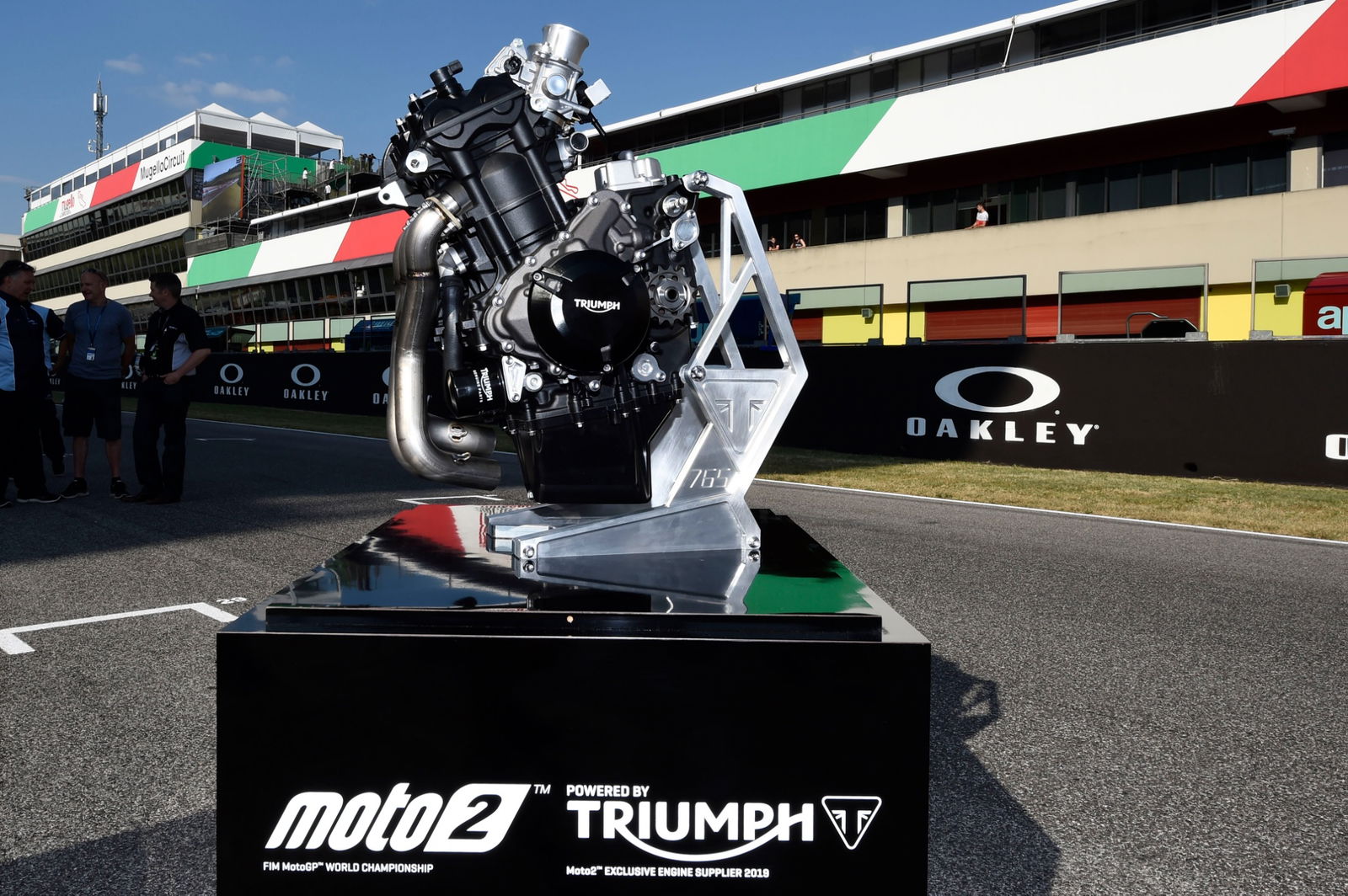
‘Let's not kid ourselves… they are always going to be heavier’
The fundamental limitations of electric power are not lost on Triumph, which like all major two-wheeled manufacturers has conducted its own research and development into the latest EV technology though its ‘TE-1’ project.
“We certainly understand the technology a lot better now, since we did the TE-1 project,” Triumph chief product officer Steve Sargent told Crash.net. “So we understand the capabilities and also the limitations of electric.
“Let's not kid ourselves, whilst the performance of an electric bike is incredibly impressive in terms of straight-line acceleration, quite clearly they are always going to be a heavier vehicle.
“Because with the technology that exists today, the battery packs are relatively heavy and the technology at the moment limits the amount of range you can get.
“Obviously we've seen in MotoE so far, the races have been about 6-7-8 laps.
“I'm not sure what Ducati is going to deliver, but from our understanding of the technology that exists today, it would be hard to get much more [distance] out of it.”
Sargent added: “The thing that drives me a little bit crazy is all of these start-up companies who come out and say ‘we've got an electric motorcycle that will do 300 kilometres [on a single charge]’. And it's like… no!’
“Unless you've reinvented the laws of physics and chemistry, then that's not going to happen.”
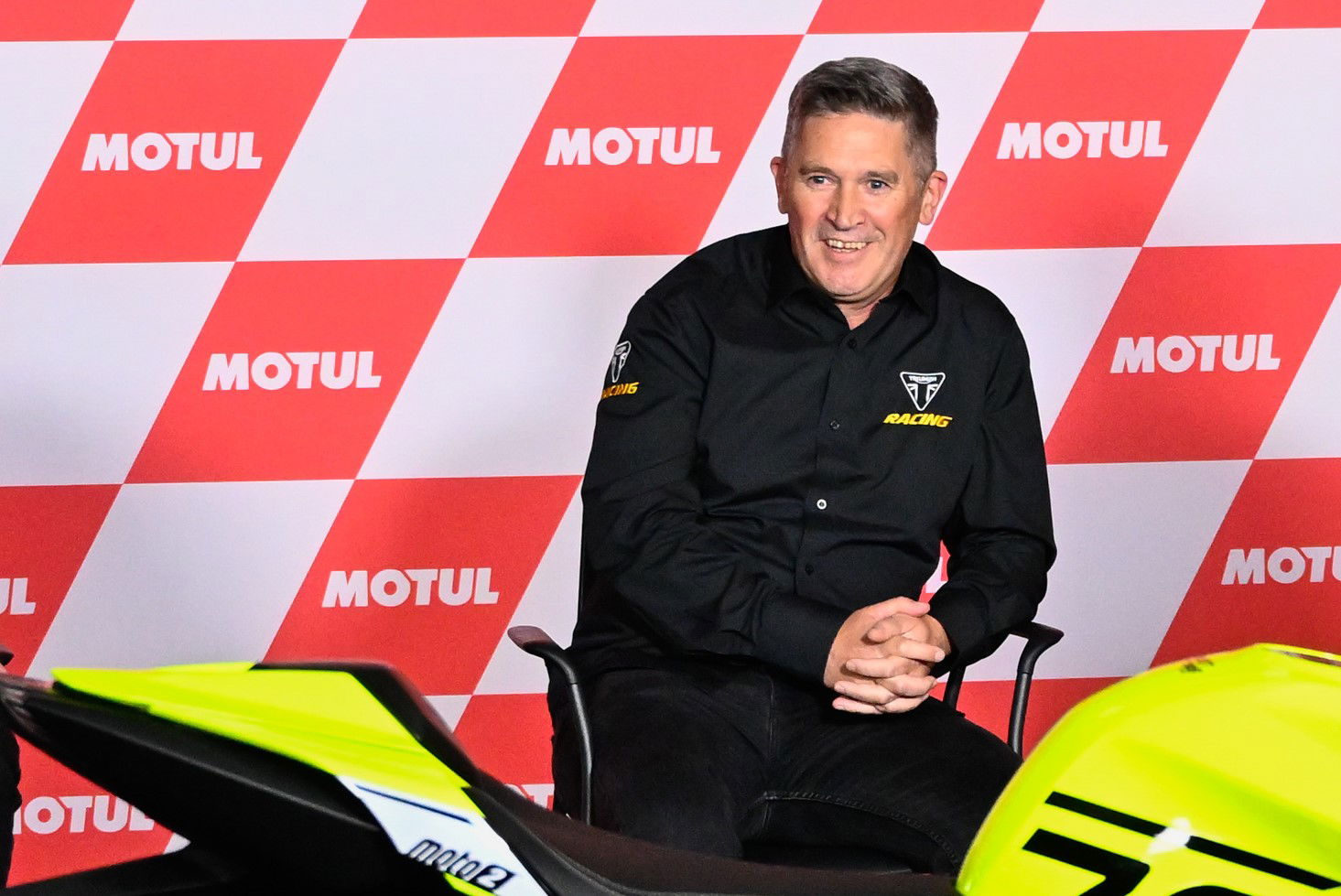
‘No degradation in performance’ with sustainable fuels
Reflecting such concerns among the manufacturers, the MotoGP World Championship is not betting entirely on an electric future.
Since exhaust emissions follow the principle of ‘you get out what you put in’, the sport is also moving towards the use of non-fossil fuels to power the existing combustion engines in the MotoGP, Moto2 and Moto3 classes.
A minimum of 40% ‘non-fossil origin’ fuel will be mandatory from 2024, rising to 100% for the 2027 season. The deliberately open ‘non-fossil’ term means both biofuels and synthetic fuels will be eligible.
“We've done some testing with the E40 (40%) sustainable fuels and there's no degradation in performance. So we're reasonably happy with what we're seeing so far,” Sargent said.
“The next phase is to do more durability testing and some track testing etc.
“But the important thing is, as long as you get the octane rating and the calorific value roughly the same as standard fuel, in terms of performance, there shouldn't really be an issue.”
While ‘bang for buck’ might work out the same as the current fuel, some believe the green fuel will mean some redesign of the engines is needed in terms of reliability.
“We don't think so,” Sargent said of the factory’s 765cc three-cylinder powerplant used in Moto2.
“There's still some development work going on in terms of what the final fuel actually ends up being. But generally we're not expecting to have to change anything.
“So I think in terms of making the championship greener, for want of a better word, then that's definitely an easier thing to achieve through sustainable fuels [than electric].”
